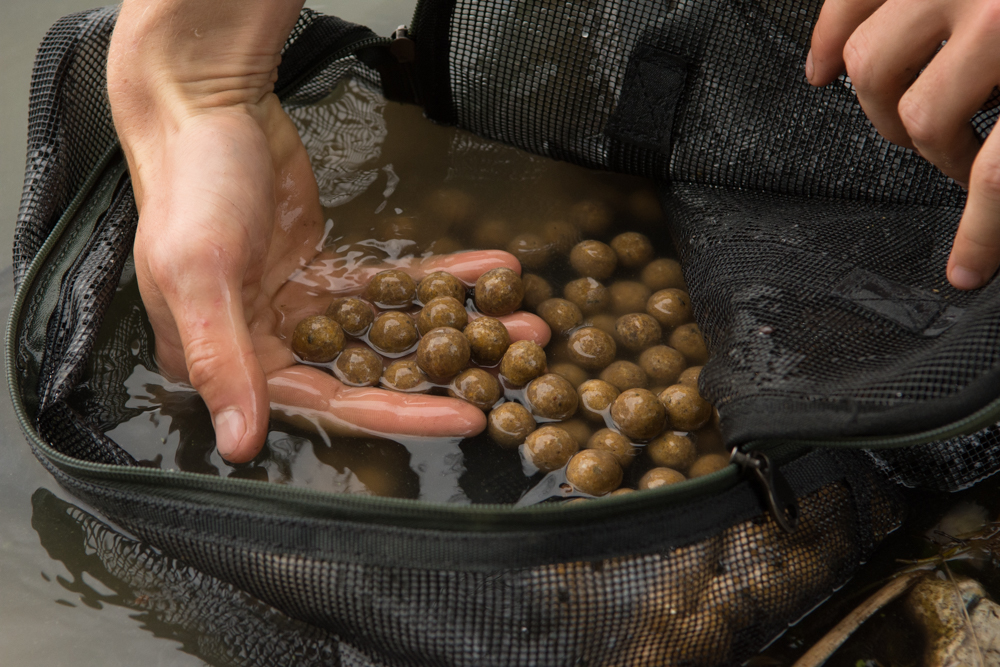• It’s important to take enough boilie with you, and as a general rule I will take five kilos. When you consider bid life, nuisance species and potential shoals of carp moving over you, it’s easy to get caught out with not having enough with you – you can always preserve it for the following week or bait up for your next trip if you have some left.
• Whether you air dry, glug, wash out or salt your bopilie, it’s important to know how to preserve your bait and keep it at its best for the given situation rather than wasting it, or letting it mould in your bucket in the garage.
• Consider the size of your boilie, just because 15mm and 18mm boilies are easy to bait up with doesn’t mean they’re the best option. I frequently use 6mm boilie and put the success I’ve had on those sizes down to the fact that carp just don’t see it very often.
• Crumbing, chopping, crushing and halving your boilie can be a great option. This not only increases the amount of food pieces you offer to the carp but breaking a boilie open releases the attraction faster and in my opinion, in larger quantities. It again takes away from the standard, round 15mm boilie size and shape but also allows any attractors you add to the bait to be soaked in at a faster rate too.
• Thinking about colour can lead to more frequent captures, for example, I have used two colour of boilie to bait with, one in a greater quantity. Using the same colour hook bait as the lesser used freebies can get the carp to single out those baits, especially if the lesser used freebies were heavily boosted too – it’s not a science and the carp don’t follow the rules, but playing around with things like this can cause changes to your catch rates.I will typically take five kilos of boilie with me on any given session, like my current syndicate water Vinnetrow or a day-ticket lake for a weekend for example. You can always whack it back into the freezer or, if you prep it right, it can last over a week in a bucket perfectly fine. Whether you choose to air-dry your boilie, soak it, glug it or preserve it, as long as you do so effectively it will prolong the baits life before it turns beyond the point of being usable – remember that a bait on the turn can often be very effective as the sugars start to be released.
Tench, birds and nuisance species can all affect the bait on your spot so it’s important to me to have plenty there in case things like that occur. I will generally fish for a bite at a time, and when I’m spombing, which is more frequent than ever due to the seagulls, and will ususally put 10 or so medium spombs at a time if I know the lake and the spot, sometimes I’ll go heavier if I get a feeling that the fish are up for some food. Equally I can also turn up and think that singles with light leads could be the way if I get an inkling that fish are already present.
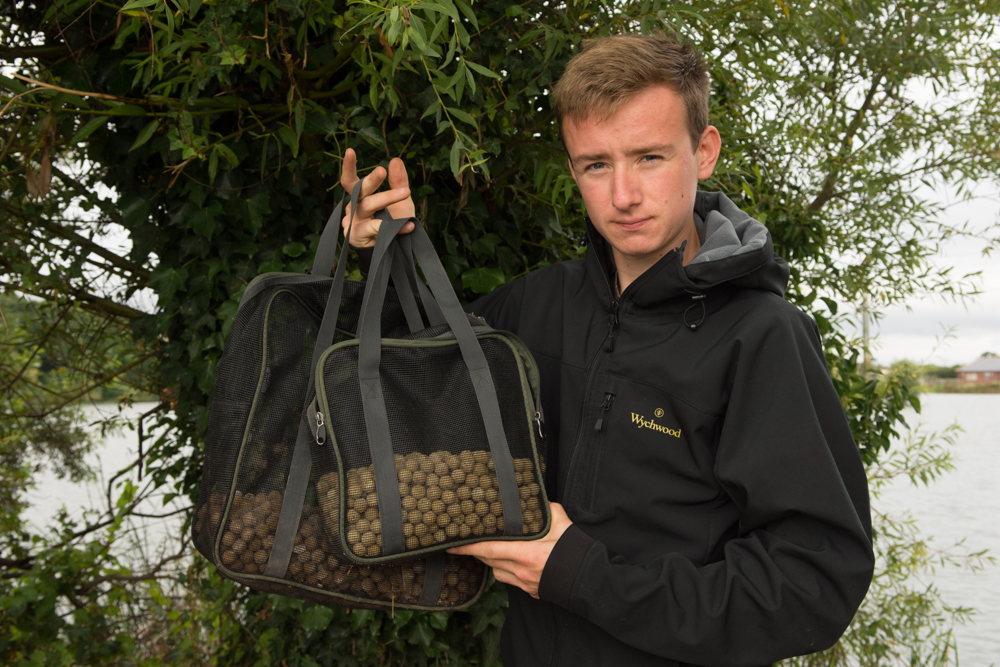
Air drying your bait is one key way to preserve your bait, drawing all of the moisture out of the abit, but this can lead to the baits cracking and splitting if you bait by a throwing stick. Not only that but they will also soak up the lake water in abundance, if there’s a lovely silty gully that the fish are searching for bloodworm for example, an air dried boilie will soak up all the scent and water from the silt and perhaps be less effective than a heavily glugged boilie that leaks off attraction. On other occasions a boilie that soaks up a lot of lake water will have less flavour and almost mimic that its been in the water for longer. Taking baits straight from the freezer is my preferred ‘prep’ as fresh as possible. I can then go on to salt the boilie with a splash of lake water or use a matching glug to coat them if I’m nearing the end of my session and don’t feel like I’m going to use them all.
Glugging bait is a great tactic but I think a single coating will do little on the lakebed, if I do glug some boilie up I will often do tis over a period of days and continue to add a small bit at a time to encourage the baits to draw it in, this happens at a much greater pace when the boilie has been air-dried, so a combination of processes can be the key if you have a play around – it’s well worth thinking about.
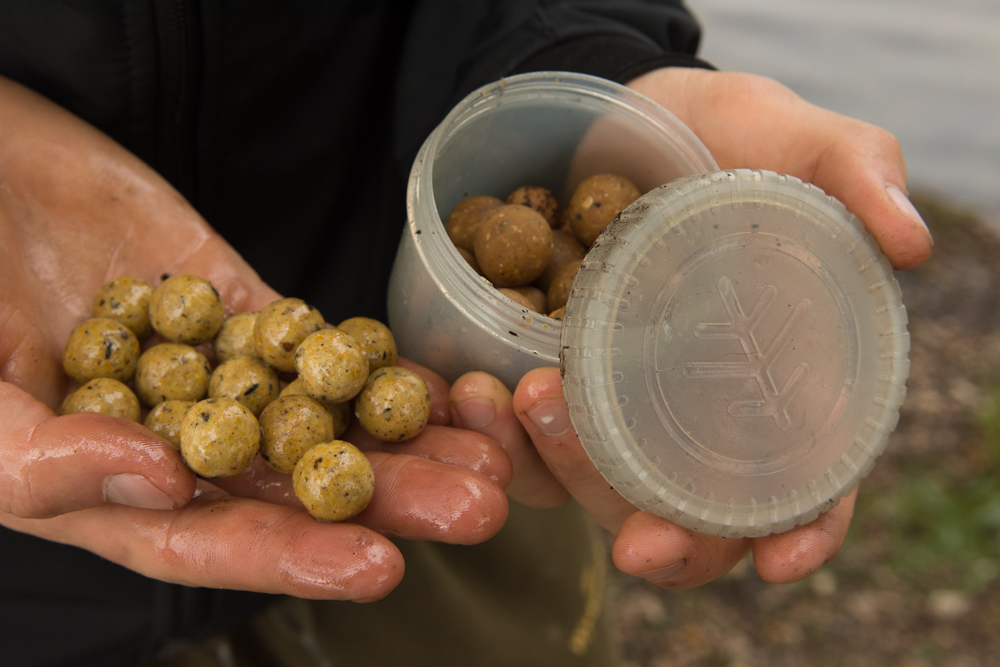
Boilie size can be a huge factor in your angling, mad baits for example do a huge range of sizes and I frequently use their 6mm’s because its just something they never see on the majority of carp lakes. This in itself can be a huge edge when you’re against other good anglers using bait equally as good as yourself. The standard 18mm or 15mm are the biggest sellers because they’re easy, especially for hand throwing, boilie sticking or catapulting. Switching it up to smaller freebies and a larger hook bait as opposed to the commonly used large freebies and smaller hook baist could be the difference in catching and not.
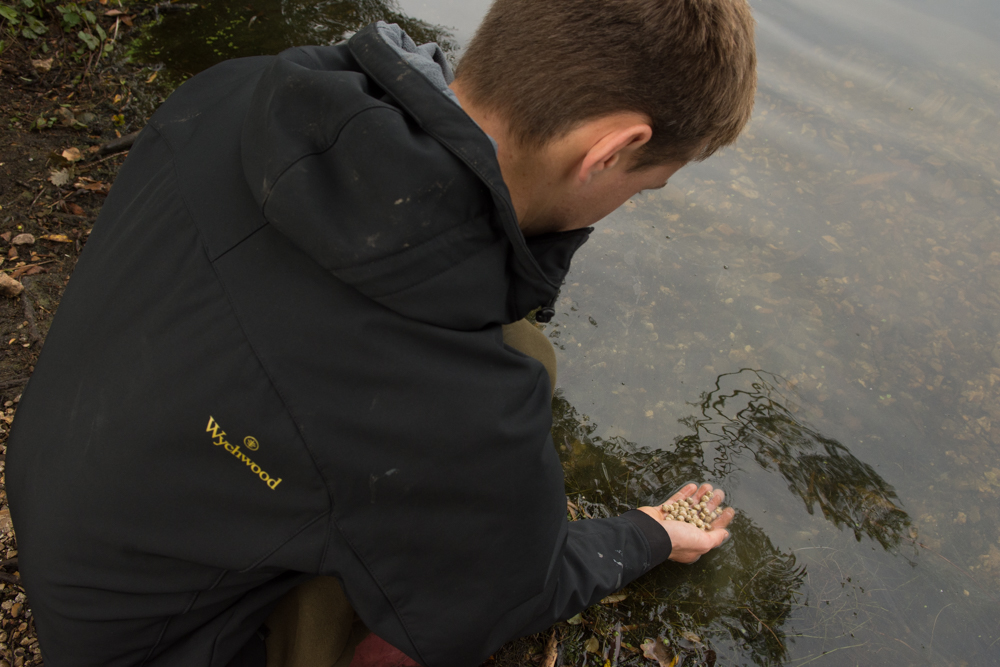
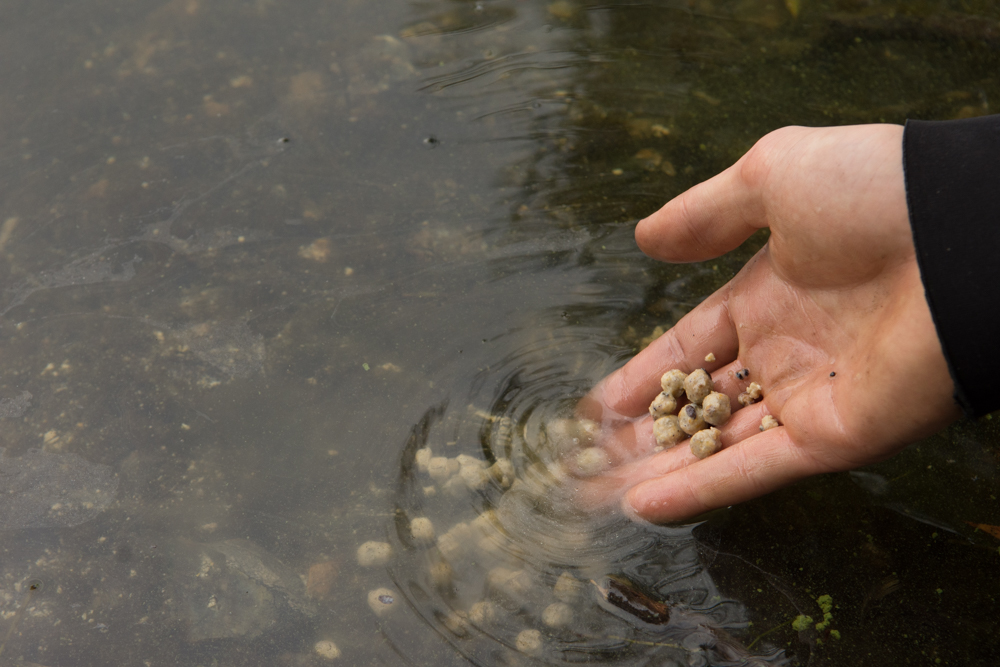
I’ve baited in large quantities in the past but that completely depends on the lake you’re fishing and the time of year, I tend to bait little and often and try to build the swim fishing for a bite at a time due to the difficulty of my syndicate lake and fishing for that one bite. Before and after spawning that can change and it really depends on all of those factors like weather and time of year etc. There’s a very fine line on that front.
Crumbing, chopping, crushing and halving your boilie can be a great option. This not only increases the amount of food pieces you offer to the carp but breaking a boilie open releases the attraction faster and in my opinion, in larger quantities. It again takes away from the standard, round 15mm boilie size and shape but also allows any attractors you add to the bait to be soaked in at a faster rate too. It can be more attractive and spell less ‘danger’ to a passing carp, drawing them down to the lake bed to feed and hopefully pick up your hook bait.
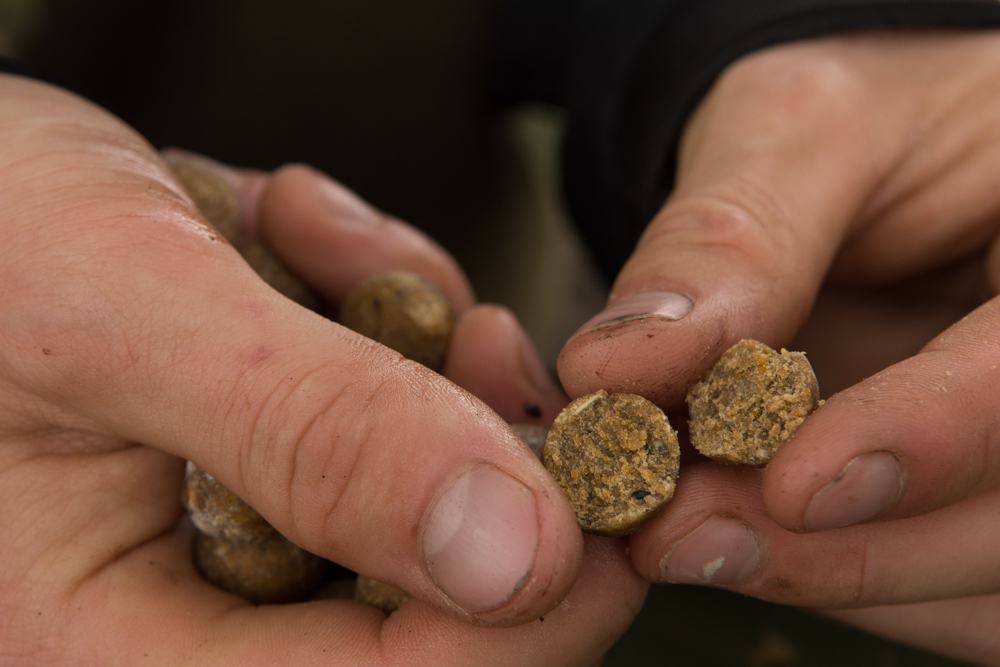
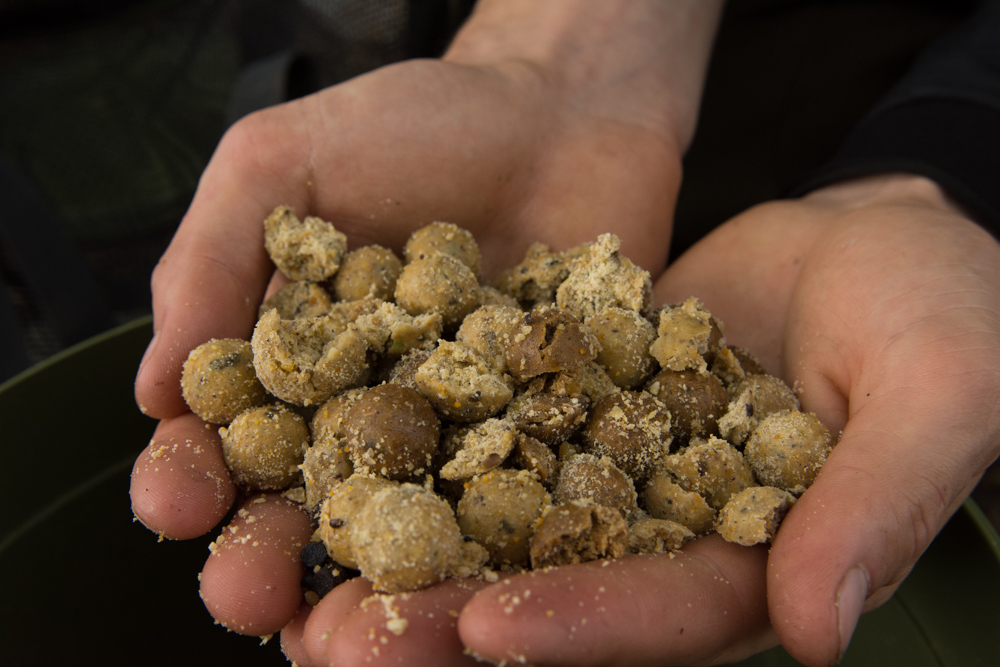
If you’re going to France for the week and you’re worried about keeping your bait fresh you can either load a cool box/bag with the bait and ice packs or you can go down the preserving routes I mentioned above, each will prolong the life of your bait so experiment with how and what to use before you head over to the Continent.
Thinking about colour can lead to more frequent captures, for example, I have used two colour of boilie to bait with, one in a greater quantity. Using the same colour hook bait as the lesser used freebies can get the carp to single out those baits, especially if the lesser used freebies were heavily boosted too – it’s not a science and the carp don’t follow the rules, but playing around with things like this can cause changes to your catch rates. Even something as simple as putting a few white boilie’s out with your red fishmeal’s just to match your white hook bait can be the difference.
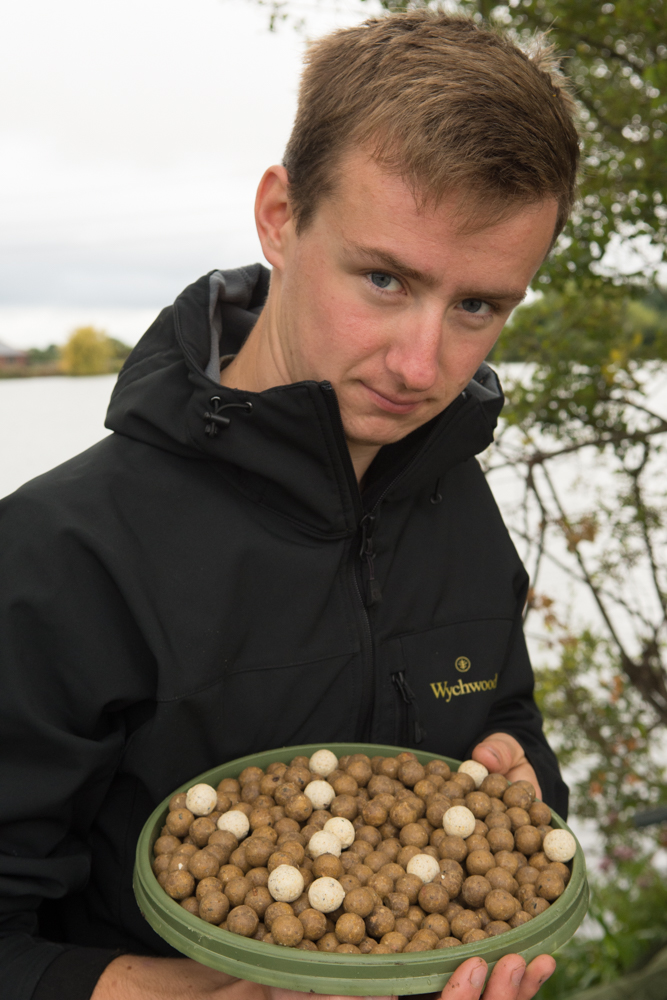
The texture of your boilie is another under-used tactic, I firmly believe that a softer, water-logged boilie will pass through a carp much quicker than one ‘straight out of the bag’ so soaking your boilie in lake water prior to your session can be a big advantage, plus you get the connotations that perhaps the bait is ‘safe’ as the impression is that it’s been on the lakebed for longer and has significantly less attraction leaking from it…
